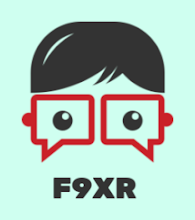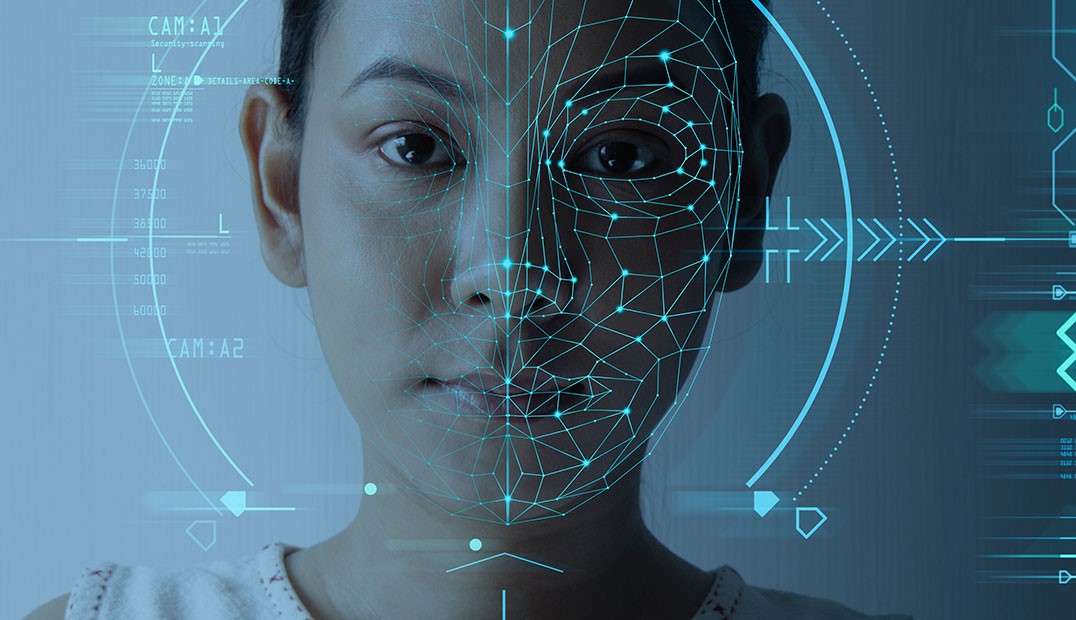In today's image-conscious digital world, many people are curious about how their facial features are perceived by others. Online face attractiveness tools have emerged to satisfy this curiosity, using various algorithms and metrics to analyze facial symmetry, proportions, and other aesthetic elements. These tools can provide interesting insights, though it's important to approach their results with a balanced perspective.
This guide explores the best free online tools for assessing facial attractiveness, examining how they work, their strengths and limitations, and the psychological considerations around using such tools.
Understanding Facial Attractiveness Analysis
Before diving into specific tools, it's helpful to understand what these applications actually measure. Most facial attractiveness tools analyze:
- Facial symmetry - The balance between the left and right sides of your face
- Facial proportions - How features like eyes, nose, and mouth relate to each other
- Golden ratio adherence - How closely your facial measurements align with mathematical proportions considered aesthetically pleasing
- Skin texture and tone - Smoothness, evenness, and clarity of skin
- Facial harmony - How well all features work together visually
These algorithms are typically trained on large datasets of faces that have been rated for attractiveness, allowing them to identify patterns associated with conventional beauty standards.
Top Free Online Face Attractiveness Assessment Tools
1. Prettyscale
Prettyscale stands out as one of the most user-friendly and comprehensive free tools available. It analyzes facial symmetry and proportions to generate a score and detailed breakdown.
How it works: Upload a forward-facing photo where your face is clearly visible. The tool prompts you to mark key points on your face (eyes, nose, mouth corners, etc.). Based on these points, it calculates symmetry and various facial ratios.
What it measures: Prettyscale analyzes facial symmetry, the golden ratio of facial features, face shape, and the proportions between facial elements. It provides both a numerical attractiveness score and qualitative feedback.
Pros:
- Provides detailed feedback on specific facial features
- Simple, intuitive interface
- No registration required
- Offers percentile ranking
Limitations:
- Results can vary based on photo quality and angle
- Limited scientific validity
- Requires manual placement of facial markers
2. Golden Ratio Face
This tool specifically focuses on the mathematical concept of the golden ratio (approximately 1.618), which has been associated with aesthetic appeal throughout art and architecture history.
How it works: Upload a photo, and the application overlays a golden ratio mask on your image, analyzing how closely your facial proportions match these "ideal" ratios.
What it measures: The tool examines the proportional relationships between facial features, comparing them to the golden ratio. It measures distances between eyes, nose width to face width, mouth width to eye distance, and many other proportional relationships.
Pros:
- Focused specifically on classical beauty proportions
- Educational about golden facial ratios
- Provides visual feedback through overlays
- No account creation needed
Limitations:
- Less comprehensive than some other tools
- Heavily weighted toward Western beauty standards
- May be affected by camera angle and lighting
3. Photofeeler
While Photofeeler isn't exclusively a facial attractiveness tool, it offers something potentially more valuable: real human feedback on your photos.
How it works: Upload your photo, and real people will rate it on attractiveness, intelligence, and trustworthiness. To receive ratings, you must also rate others' photos, creating a community feedback system.
What it measures: Unlike algorithm-based tools, Photofeeler measures actual human perceptions across multiple dimensions. This provides more nuanced feedback that can be particularly useful for dating profile or professional headshot selection.
Pros:
- Real human feedback rather than algorithmic analysis
- Multi-dimensional assessment beyond just physical attractiveness
- Contextual ratings (business, dating, or social contexts)
- More representative of how people actually perceive you
Limitations:
- Takes longer to get results than instant AI tools
- Requires you to rate others to earn credits
- Basic service is free, but premium features require payment
4. Face++
Face++ is a powerful facial recognition API that offers an attractiveness scoring feature among its many capabilities.
How it works: Upload a photo, and the AI analyzes numerous facial characteristics using deep learning algorithms trained on millions of faces.
What it measures: Beyond attractiveness, Face++ analyzes age, gender, emotion, and even estimates personality traits based on facial features. Its attractiveness metric considers symmetry, feature proportions, and comparison to training data.
Pros:
- Highly sophisticated AI algorithms
- Provides multiple metrics beyond attractiveness
- More objective technical analysis than some simpler tools
- Developer API available for integration into other applications
Limitations:
- The interface is more technical and less user-friendly
- Privacy concerns regarding facial data storage
- Free tier has usage limitations
5. Anaface
Anaface (short for "analyze face") offers a scientific approach to facial analysis based on classical proportions and symmetry.
How it works: Upload a photo and mark specific points on your face. The tool then calculates ratios and proportional relationships between these points.
What it measures: Anaface focuses on facial symmetry, the golden ratio, and classical beauty proportions. It produces a numerical score out of 10 and identifies which facial features contribute positively or negatively to your overall score.
Pros:
- Relatively scientific approach
- Detailed breakdown of facial features
- Educational explanations about classical proportions
- No registration required
Limitations:
- The interface is somewhat dated
- Results are heavily dependent on accurate marker placement
- Limited to classical beauty metrics
6. AI Facial Beauty Analysis
This newer tool uses more advanced deep learning algorithms to analyze facial attractiveness from multiple perspectives.
How it works: Upload a photo, and the AI processes your image through neural networks trained on diverse facial datasets from different cultural backgrounds.
What it measures: The tool evaluates facial symmetry, proportions, skin condition, and feature harmony. It provides an overall score and detailed breakdown by feature.
Pros:
- More culturally diverse training data than some alternatives
- Considers multiple beauty standards
- Detailed analysis by facial feature
- More advanced AI technology
Limitations:
- Limited free tier (may require payment for detailed analysis)
- Privacy considerations regarding facial data usage
- Results still reflect societal beauty standards
Psychological Considerations and Limitations
While these tools can be entertaining and occasionally insightful, it's important to approach them with a critical mindset:
Cultural and temporal bias: Most facial attractiveness algorithms are trained on datasets that reflect certain cultural and temporal beauty standards. What's considered attractive varies significantly across cultures and time periods, and these tools often reflect primarily Western contemporary standards.
Technical limitations: Results can vary dramatically based on lighting, angle, expression, and photo quality. The same person might receive significantly different scores depending on these variables.
Psychological impact: Receiving a low score from these tools can negatively affect self-esteem and body image, particularly for those already struggling with these issues. Remember that these tools measure conformity to certain mathematical proportions, not your worth or even your actual attractiveness to others.
Limited scope: Facial attractiveness is just one small component of overall attractiveness, which includes personality, expressiveness, voice, movement, and countless other factors these tools cannot measure.
Best Practices for Using These Tools
If you choose to explore these tools, consider these guidelines:
- Use multiple tools rather than relying on a single assessment
- Try different photos to see how lighting and angles affect results
- Focus on the detailed feedback rather than just the numerical score
- Take results lightly and remember their significant limitations
- Consider the psychological impact and avoid using these tools if they negatively affect your self-image
The Science Behind Facial Attractiveness
While these tools attempt to quantify beauty, the science of facial attractiveness is complex and multifaceted. Research suggests several factors contribute to perceived facial attractiveness:
Averageness: Faces that represent the mathematical average of a population's features are often rated as more attractive. This may be because average features suggest genetic diversity and health.
Symmetry: Facial symmetry is associated with genetic health and developmental stability, which may explain its connection to attractiveness perceptions.
Sexual dimorphism: Typically masculine features in male faces and feminine features in female faces are often rated as attractive, though this varies significantly across cultures and individuals.
Skin health: Smooth, clear skin is universally associated with youth and health, contributing to attractiveness ratings.
Expressiveness: Static photos miss one of the most important aspects of facial attractiveness—how animated and expressive a face is in real life.
Beyond Digital Analysis: Broader Perspectives on Attractiveness
It's worth remembering that facial analysis tools offer an extremely narrow perspective on attractiveness. Research consistently shows that:
- Personality traits significantly influence perceived attractiveness
- Confidence and positive self-image often make people more attractive to others
- Grooming, style, and presentation can dramatically affect how attractively someone is perceived
- Movement, voice, and expressiveness play major roles in attraction
- Individual preferences vary enormously - there is no universal standard of beauty
Conclusion
Free online facial attractiveness tools can provide entertaining insights into how your facial features align with certain mathematical proportions and conventional beauty standards. Tools like Prettyscale, Golden Ratio Face, Photofeeler, Face++, Anaface, and AI Facial Beauty Analysis each offer different approaches to this analysis.
However, it's essential to remember that these tools have significant limitations. They measure only a narrow slice of what contributes to actual attractiveness, are influenced by cultural biases, and can be affected by technical factors like photo quality and angle.
True attractiveness encompasses far more than facial proportions—personality, expressiveness, confidence, and individual chemistry all play far more significant roles in real-world attraction. Use these tools for entertainment and casual insights, but don't let their assessments affect your self-worth or confidence.
After all, the most attractive quality is often authenticity and comfort in your own skin—something no algorithm can measure.







No comments:
Post a Comment
You can Signup in our Newsletter to Get all the latest content delivered straight to your inbox.